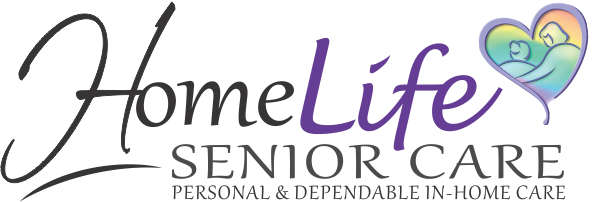 A trip to the emergency room made me realize why caregivers are advised to organize heath information. When Mom broke her hip, I called an ambulance. When it arrived, I confidently recited Mom’s Medicare number. When asked what medications she took, I pulled out our basket of pill bottles. At the hospital, the questions got more complicated. Still, I knew enough to fill out the forms.
A trip to the emergency room made me realize why caregivers are advised to organize heath information. When Mom broke her hip, I called an ambulance. When it arrived, I confidently recited Mom’s Medicare number. When asked what medications she took, I pulled out our basket of pill bottles. At the hospital, the questions got more complicated. Still, I knew enough to fill out the forms.
However, while I did not know it then, I would be joining Mom in the hospital the next day with an emergency of my own that kept me in the hospital for six weeks. As we both recovered, I looked for the best way to store her health information. I especially wanted an easy way to share it with others in case I am not around.
I now have a folder for paperwork that is portable and easy to maintain. It isn’t just for emergencies. We take it to every doctor visit. Now anyone who has the folder can see when Mom had her last flu shot, what medications she takes and that she had a malignant mole removed in 1981. We can all see when all medical appointments are scheduled. Even my brother, who lives at a distance, could answer medical questions if he had to take Mom to the doctor while visiting.
Information to collect
You probably have most of this information readily available. If not, begin with what you have and add information as you can. Useful information to collect includes: A medical history; health insurance and Medicare cards; a list of medications including dosages, frequency, date started and reason; a list of emergency contacts, relationship, addresses and all phone numbers; any special logs such as blood pressure readings, blood sugar levels or symptoms; a copy of a health care proxy, advanced directives or living will; and a power-of-attorney, if one is used.
What should you keep in a medical history?
Names of all physicians; known allergies or reactions to medications; all medications, including over-the-counter medicines, vitamins and herbs; health conditions and date of diagnosis; dates of most recent exams, tests and immunizations; dates and reasons for hospitalizations; dates and details of surgeries; dates and length of major illnesses; history of smoking and use of alcohol; location of living will or medical directives; history of exposure to dangerous conditions or hazards; family history including illnesses or conditions of parents and siblings; cause of death of parents and siblings and their age at death.
Recording and storing the information
While the primary copy of the health information is more practical to keep in physical form due to various cards, forms and original documents that are part of the medical record, it is highly recommended that at least the medical history also be recorded digitally so that a “backup” copy is available in case of emergencies, disasters, or as the need arises to provide other family members or doctors with the information if needed remotely.
- For the primary copy, use a pocket folder or small three-ring binder that will hold several pages. We purchased a multi-page presentation folder with clear pockets from an office supply store.
- Use a bold color for the cover, such as red or yellow, so that it is easy to distinguish from other papers. Label the front clearly: EMERGENCY MEDICAL INFORMATION.
- Keep the folder in a handy location, such as a desk drawer near the entry. Make sure every potential caregiver knows where it is kept.
- Use top loading, clear sheet protectors to hold papers. These make it easy to remove papers for photocopying or for handing to a healthcare worker.
- Pick up a business card from each healthcare provider you see. Cards usually contain the name, specialty, address, phone and fax number. There are vinyl business card holders available at office supply stores that are the most practical way to store business cards.
- Each time you have an appointment, take the reminder card or jot the appointment details on a 3X5 card. Slip these cards into a page protector just as you did the business cards to keep a record of the visit.
- When you add any information to a document, put the date at the top of the page to show how current the data is.
With a Medical History in hand, I will never again have to phone a doctor’s office to relay information I didn’t have with me at the appointment, and I’m confident that if I’m not around, someone else can tell the emergency room doctors what they need to know about my loved one.
by Kathy Porter
https://caregiver.com/articles/organizing-medical-history/






